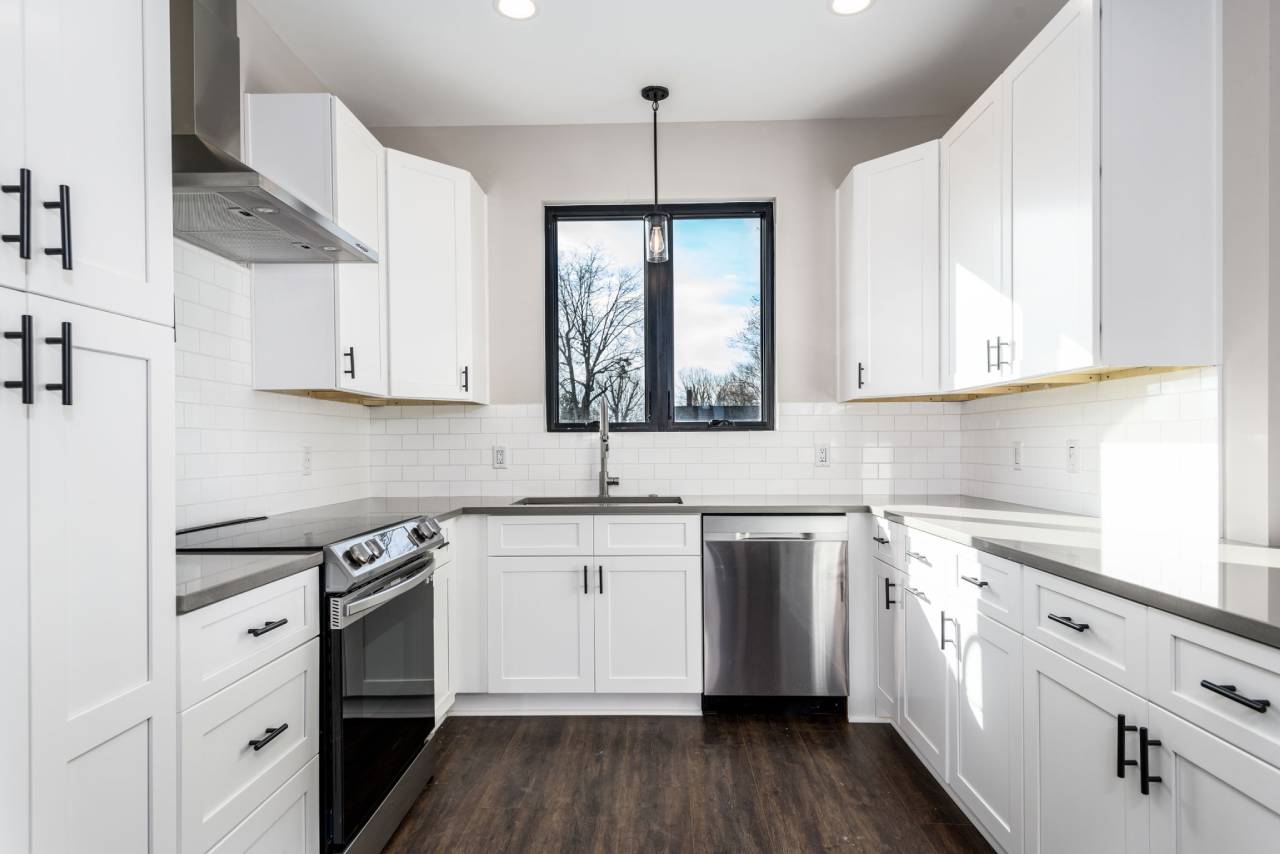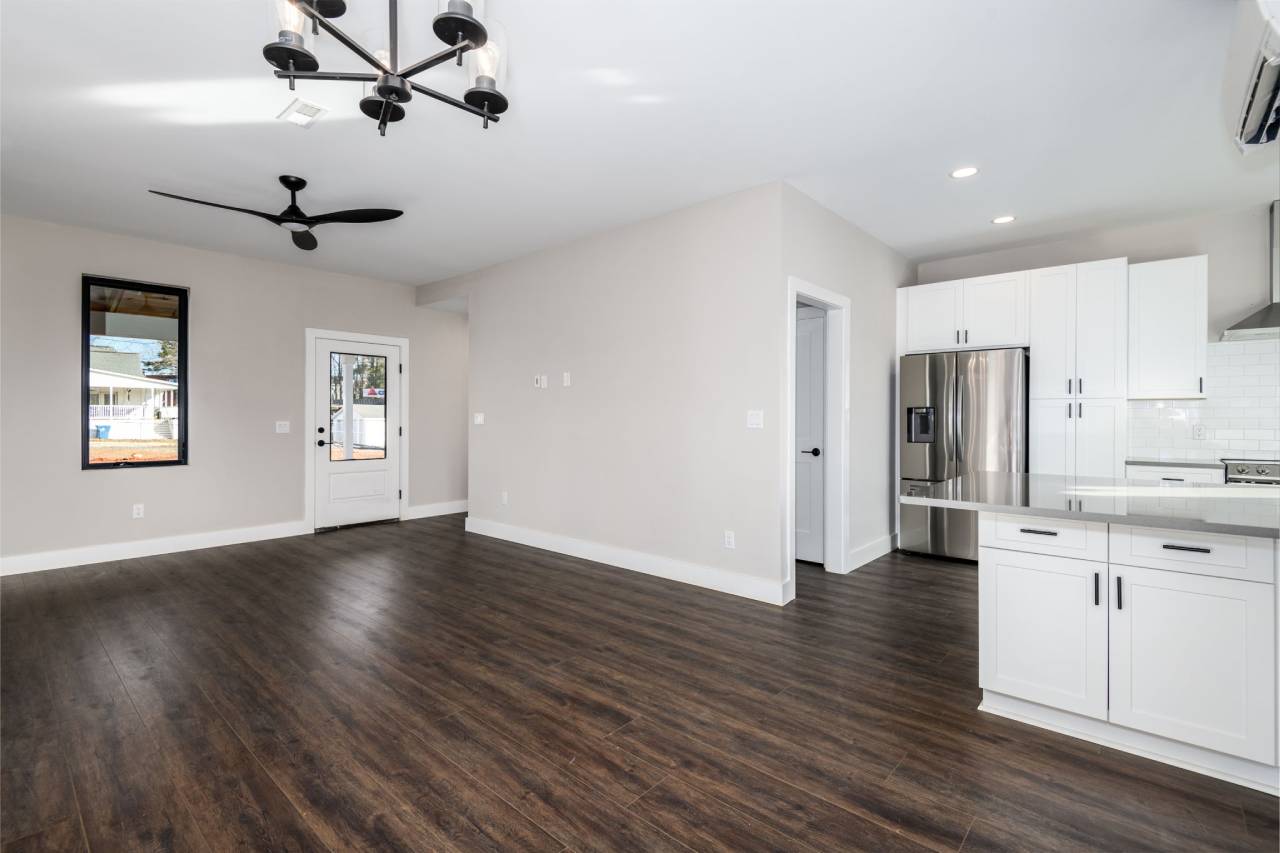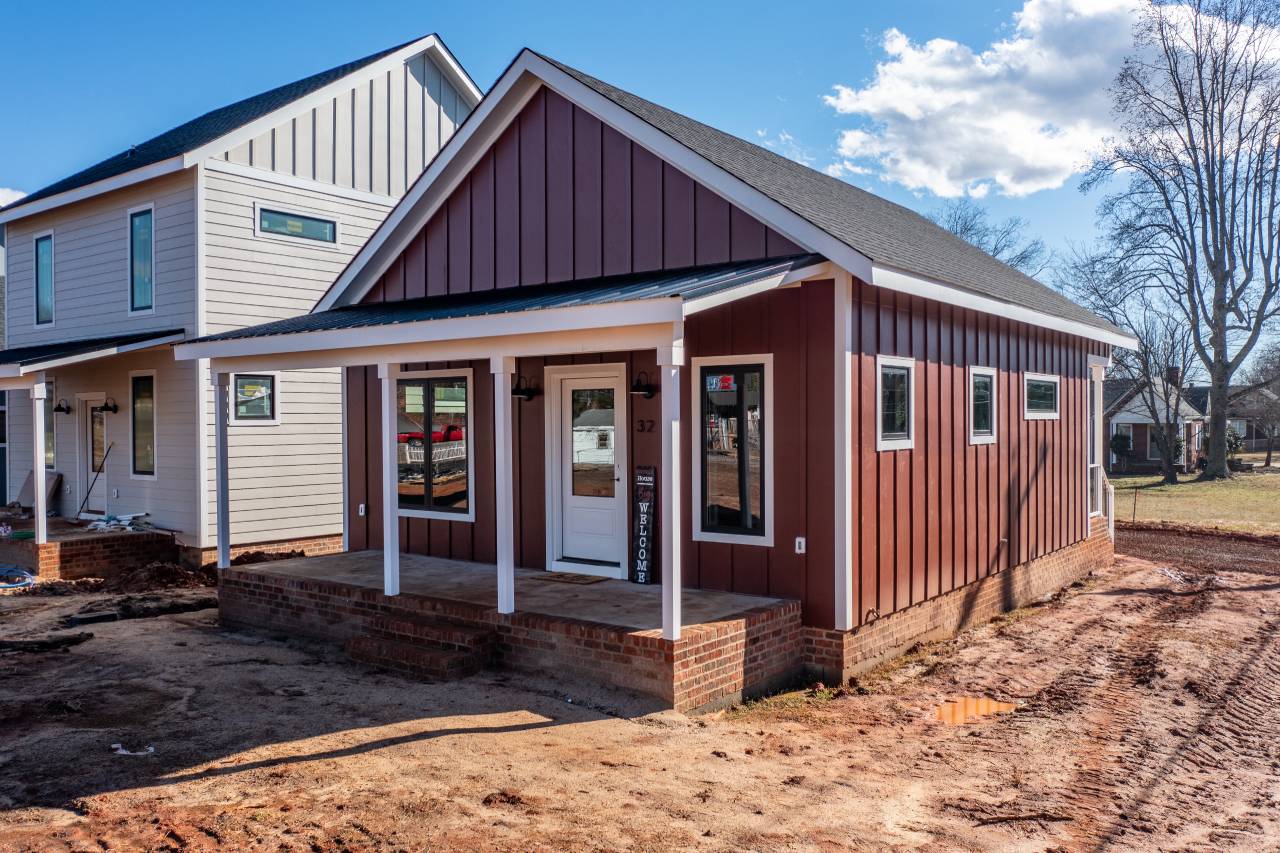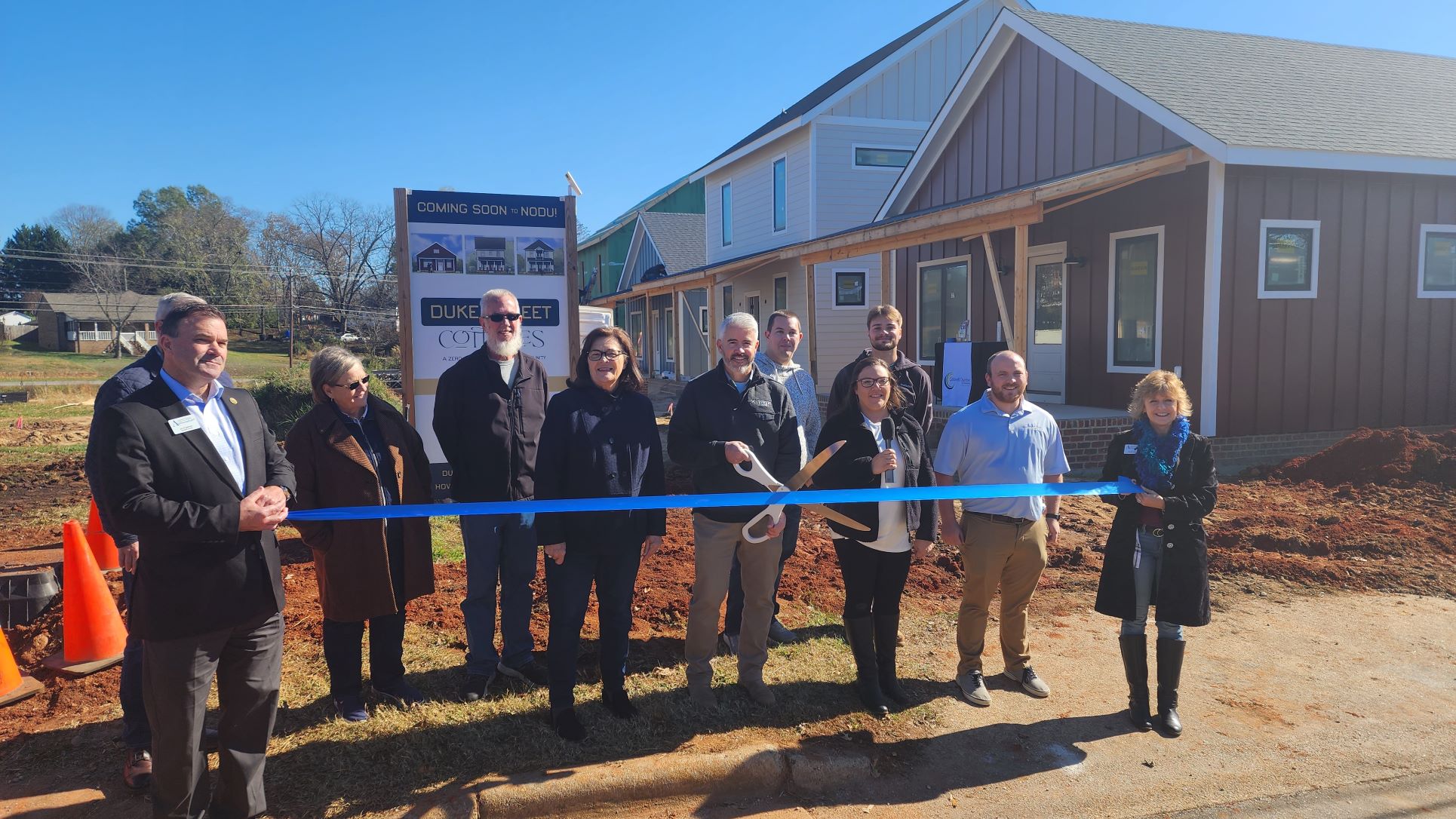Howard Building Science
Howard Building Science’s mission is to provide Missing Middle Housing by building pocket neighborhoods of sustainable homes at an affordable price. All homes are built to the DOE Zero Energy Ready Home standard with the goal of achieving a net-zero energy community. Owner and President Rob Howard is a HERS Rater with over 20 years of experience in the construction industry.

Howard Building Science
https://howardbuildingscience.com/In this month’s feature, we asked Rob Howard, President of Howard Building Science to share some insight on building HERS® homes for their customers.
Q: What is special about a HERS® Rated home?
A: Rob: I may be a little bit biased, since I have been a HERS Rater, professionally for several years. To me, it’s that third-party quality assurance process that is really the maximum value. Getting the home HERS-rated is really about, the extra set of eyes on the construction process, the critical details.
Q: Why should consumers ask for the HERS® Index Score on homes they are shopping for?
A: Rob: There should be a higher level of confidence that the home is well built. It’s not only more energy efficient, but it will also end up being more durable. It will have better indoor air quality and overall, it’s just a more sustainable home. It’s better for the occupants, but also better for the planet.
Q: Why does Howard Building Science choose to have their homes HERS® Rated?
A: Rob: So, you know, I often say, I’ve never built a house to code. It sounds funny to me at first to say it, but, you know, the reality is, every build was above code. We were always trying to build it better, and it depends on what mark you’re trying to reach as to how you would define better. But, in our case, you know, System Vision [an affordable housing certification program in NC] set a pretty high bar. It was basically ENERGY STAR plus in 2001, required 3% duct leakage and it was not easy, as you would imagine. But that has certainly influenced the way I think about construction. Now we joke that a code-built home is the worst home you can build by law, but while it’s easy to poke fun at that, the reality is the code continues to evolve. RESNET has had an impact on that code-making process over these almost 20-plus years I’ve been involved. We don’t ever make the progress we’d like to make in short order, but you look back over all the years that Steve [RESNET Executive Director Steve Baden] has been fighting the good fight, and it has certainly had an impact on the industry. As a builder, you can now work with a Rater so that your home meets the current energy code. Now you’ve got the ability to do a full rating and tradeoff–it’s not just a UA tradeoff anymore. Now, we can factor in mechanical equipment and other features to help you meet the code. So, that’s, that’s a powerful step in the right direction.
Q: Why consumers should expect energy-efficient homes?
A: Rob: I think consumers just assume that when they buy a new home, it’s an energy-efficient home, you know because it’s going to have new HVAC equipment, new apartments in new lighting, and everything. It should be in energy efficient home, but, you know, the reality is that that’s not always the case. I think if we, if we start picking out keywords, what they really want is a home that’s comfortable, but for a reasonable cost.
You know, they don’t want to spend any more on their utility bill than they have to. But, they want it, whatever temperature they want it, and not just the thermostat, but then every square inch of their house. So our expectations of comfort in our homes have certainly increased, in my opinion. So, the beauty of this is the HERS rating process is able to help deliver on those and meet the expectations that that modern homeowners have.
Q: How many homes does Howard Building Science build with HERS® per year?
A: Rob: I started the company back in 2006 as Home Energy Solutions and had been working on ENERGY STAR homes for a couple of years. I just changed the name of my company to Howard Building Science in the last 2 to 3 years and decided to, go off on my own as an independent builder-developer. I’m not quite a full year into it. I’ve completed 11 DOE Zero Energy Ready homes in this little pocket neighborhood in Granite Falls, NC: I’ve got another house under construction now. And then I’ve got six more lots under development. I think my goal would be to do 20 to 30 homes a year.
Q: How do you market HERS® Rated homes?
A: Rob: These are spec homes. I’ve got two house plans, there’s a two bedroom, that’s 800 square feet and there’s a three bedroom that’s 1500 square feet. So we’re working with a realtor, and we’ve got one of each plan on MLS. And, we’re certainly marketing those as Zero Energy ready certified, HERS-rated homes. But, I think most of the demand has been as a result of the price point.
Q: How do your customers feel about HERS® Rated homes?
A: Rob: You know, they say not only that they are really comfortable homes with low energy bills, but also that they’re really quiet. That’s one of the things that’s really strong folks is how quiet these houses are. They don’t hear any road noise, or you know really much at all. We’re downtown with the brewery across the street in, you know, on a fairly busy road. And, you know, they, that was, that was one of the most common comments, was just that, there were particularly quiet. Which I think is, you know, sort of a fringe benefit in a way. But certainly, part of the whole idea of, you know, a healthy place to live. So, I think that’s something we don’t talk a lot about in this, in this area, but it has made it, you know, an impact already.



